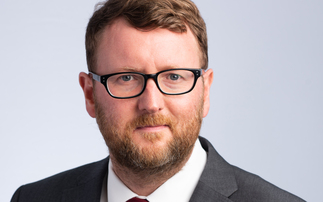Hymans Robertson has unveiled research analysing investment performance across the 16 largest master trust default funds. Kim Kaveh explores the data.
There are many factors to take into consideration when choosing the right master trust to help members reach good retirement outcomes, such as security, value for money, and investment strategy. ...
To continue reading this article...
Join Professional Pensions
Become a Professional Pensions Lite Member today
- Three complimentary articles per month covering the latest real-time news, analysis and opinion from the industry
- Receive important and breaking news stories via our two daily news alerts
- Hear from industry experts and other forward-thinking leaders
Are you a trustee, investment consultant or in-house pension and benefit scheme professional? You can apply for full complimentary access here








